Steve Vanlanduit
What Are You Looking at? Detecting Human Intention in Gaze based Human-Robot Interaction
Sep 17, 2019



Abstract:In gaze based Human-Robot Interaction (HRI), it is important to determine the human intention for further interaction. The gaze intention is often modelled as fixation. However, when looking at an object, it is not natural and it is difficult to maintain the gaze fixating on one point for a long time. Saccades may happen while a human is still focusing on the object. The prediction of human intention will be lost during saccades. In addition, while the human intention is on object, the gazes may be located outside of the object bounding box due to different noise sources, which would cause false negative predictions. In this work, we propose a novel approach to detect whether a human is focusing on an object in HRI application. We determine the gaze intention by comparing the similarity between the hypothetic gazes on objects and the actual gazes. We use Earth Mover's Distance (EMD) to measure the similarity and 1 Nearest Neighbour to classify which object a human is looking at. Our experimental results indicate that, compare to fixation, our method can successfully determine the human intention even during saccadic eye movements and increase the classification accuracy with noisy gaze data. We also demonstrate that, in the interaction with a robot, the proposed approach can obtain a high accuracy of object selection within successful predictions.
Enabling Humans to Plan Inspection Paths Using a Virtual Reality Interface
Sep 13, 2019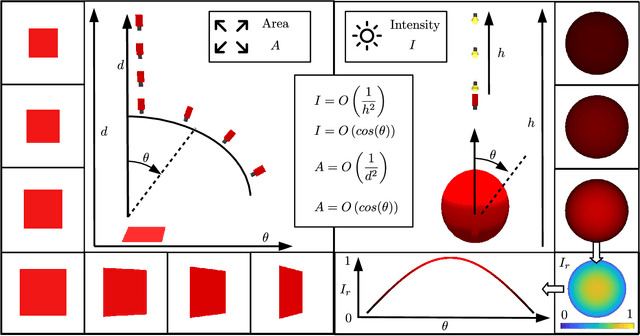
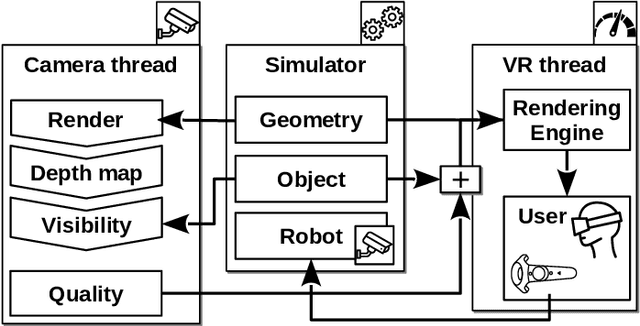
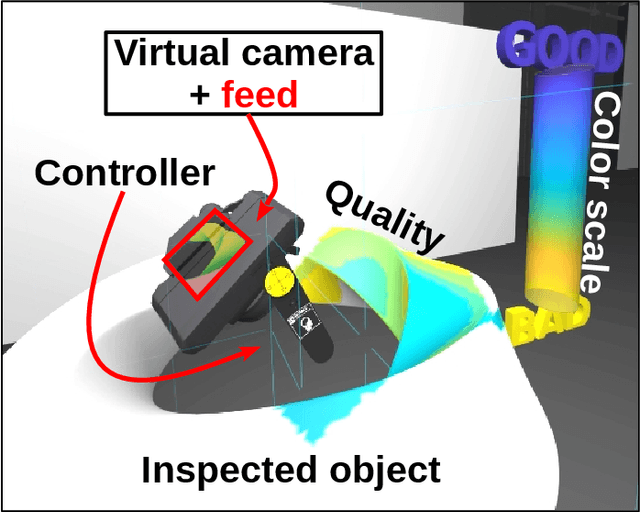
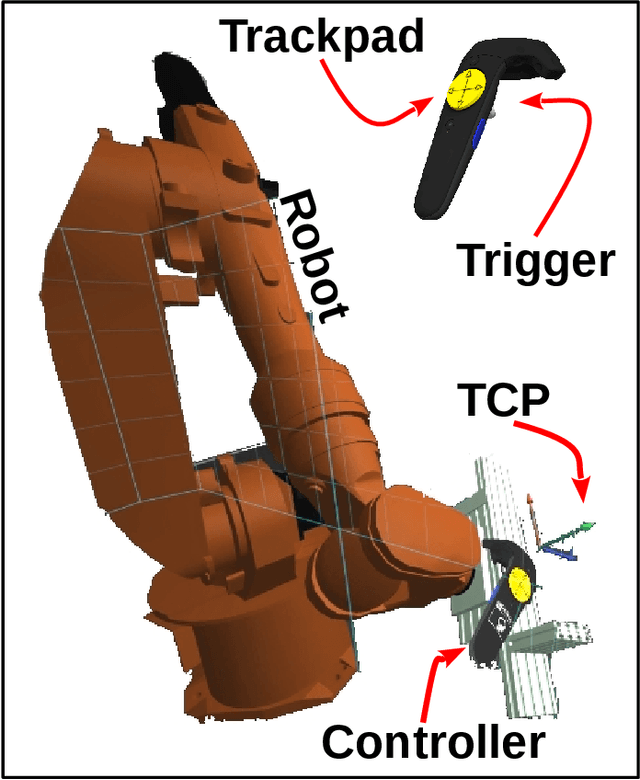
Abstract:In this work, we investigate whether humans can manually generate high-quality robot paths for optical inspections. Typically, automated algorithms are used to solve the inspection planning problem. The use of automated algorithms implies that specialized knowledge from users is needed to set up the algorithm. We aim to replace this need for specialized experience, by entrusting a non-expert human user with the planning task. We augment this user with intuitive visualizations and interactions in virtual reality. To investigate if humans can generate high-quality inspection paths, we perform a user study in which users from different experience categories, generate inspection paths with the proposed virtual reality interface. From our study, it can be concluded that users without experience can generate high-quality inspection paths: The median inspection quality of user generated paths ranged between 66-81\% of the quality of a state-of-the-art automated algorithm on various inspection planning scenarios. We noticed however, a sizable variation in the performance of users, which is a result of some typical user behaviors. These behaviors are discussed, and possible solutions are provided.
Near-Optimal Path Planning for Complex Robotic Inspection Tasks
May 14, 2019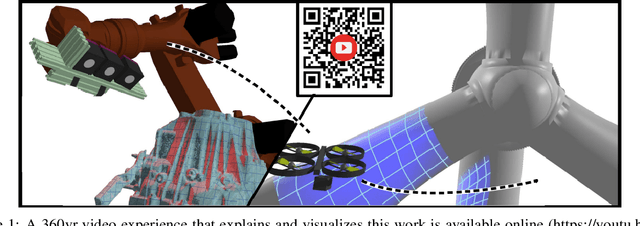
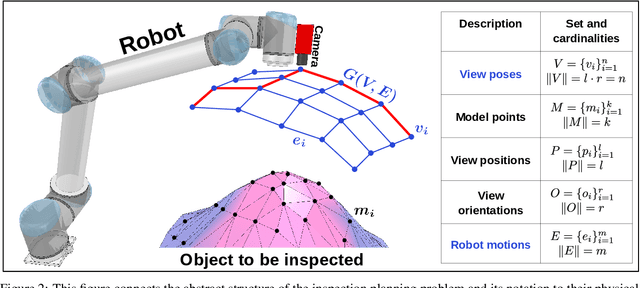

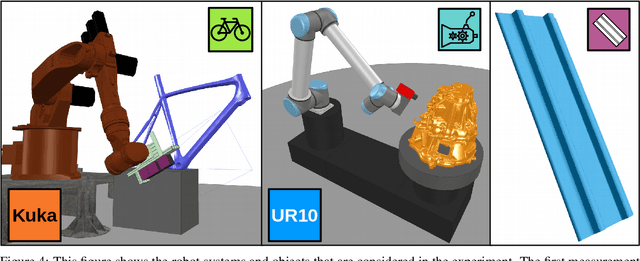
Abstract:In this paper, we consider the problem of generating inspection paths for robots. These paths should allow an attached measurement device to perform high-quality measurements. We formally show that generating robot paths, while maximizing the inspection quality, naturally corresponds to the submodular orienteering problem. Traditional methods that are able to generate solutions with mathematical guarantees do not scale to real-world problems. In this work, we propose a method that is able to generate near-optimal solutions for real-world complex problems. We experimentally test this method in a wide variety of inspection problems and show that it nearly always outperforms traditional methods. We furthermore show that the near-optimality of our approach makes it more robust to changing the inspection problem, and is thus more general.
 Add to Chrome
Add to Chrome Add to Firefox
Add to Firefox Add to Edge
Add to Edge